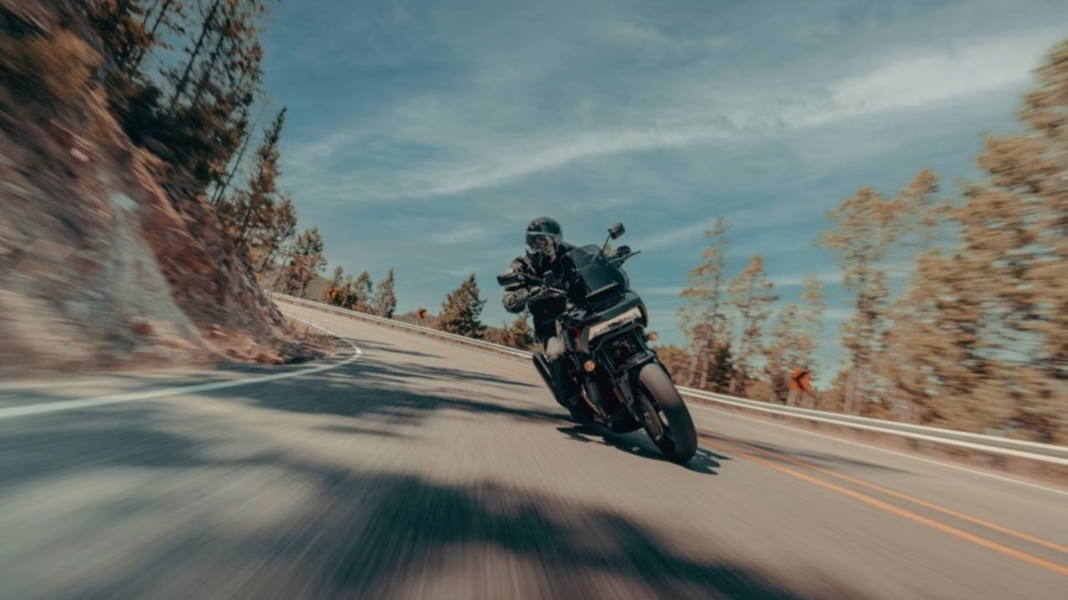Which Harley-Davidson Models Are No Longer Made in the USA?
If you’ve ever pictured a Harley-Davidson roaring down Route 66, you probably imagined a bike proudly built in the heart of America. That’s the legend, after all. But here’s the twist: not every Harley you see on the road today was born in a US factory. In fact, several models have shifted production overseas, sparking plenty of questions—and a fair bit of debate—among riders and enthusiasts.
Why Did Harley-Davidson Move Some Production Overseas?
It’s not just about cost-cutting, though that’s certainly part of the story. Harley-Davidson’s decision to manufacture certain bikes outside the US is tied to a mix of global demand, tariffs, and the need to stay competitive in international markets. For example, when the European Union imposed steep tariffs on American-made motorcycles, Harley responded by moving production of some models destined for Europe to facilities in Thailand. This allowed the company to avoid hefty import taxes and keep prices reasonable for overseas buyers.
Which Specific Harley-Davidson Bikes Are Built Abroad?
Three models stand out as the most notable examples of this shift: the Street 500, Street 750, and certain versions of the Street Rod. These bikes, designed with urban riders and international markets in mind, are now primarily assembled in Harley’s Thailand plant. The move makes sense when you consider that the Street series was always intended to attract younger, more cost-conscious riders—especially in Asia and Europe, where smaller displacement bikes are more popular.
What Does This Mean for Quality and Authenticity?
Let’s address the elephant in the room: does building a Harley outside the US make it any less of a Harley? According to industry experts and rider forums, the answer isn’t as simple as you might think. Harley-Davidson maintains strict quality control standards across all its factories, regardless of location. The company’s Thailand facility, for example, uses the same parts and follows the same assembly protocols as its American plants. In fact, many riders report little to no difference in build quality or performance between US-made and overseas models.
Still, for some die-hard fans, the “Made in America” label is non-negotiable. It’s about heritage, pride, and the story behind the machine. But for others—especially newer riders or those outside the US—the global nature of production is just the reality of modern manufacturing.
How Has the Harley Community Reacted?
Reactions have been mixed, to put it mildly. Some longtime enthusiasts feel betrayed, arguing that Harley’s American roots are central to its identity. Others take a more pragmatic view, recognizing that adapting to a global market is essential for the brand’s survival. After all, Harley-Davidson has faced declining sales in the US for years, while demand in Asia and Europe continues to grow. By building bikes closer to these customers, the company can offer competitive pricing and faster delivery.
A 2023 survey by the Motorcycle Industry Council found that nearly 60% of international Harley buyers said local assembly made them more likely to purchase a bike. That’s a powerful incentive for any manufacturer.
Are There Any Benefits for US Riders?
Surprisingly, yes. By shifting some production overseas, Harley-Davidson has been able to keep its larger, classic models—like the Softail and Touring lines—firmly rooted in American factories. This focus has allowed the company to invest more in innovation and quality for its flagship bikes, which remain the backbone of its US lineup. Plus, the cost savings from overseas production help keep prices in check across the board.
What Should You Consider Before Buying a Harley?
If you’re shopping for a Harley-Davidson, it’s worth checking where your chosen model is built. This information is usually available on the manufacturer’s website or from your local dealer. For some buyers, the country of origin is a dealbreaker; for others, it’s just one factor among many. Either way, knowing the story behind your bike can make the ride feel a little more personal.
The big takeaway? Harley-Davidson’s evolution isn’t about perfection—it’s about smarter adjustments. Start with one change this week, and you’ll likely spot the difference by month’s end. Whether you’re chasing tradition or embracing the new global landscape, there’s a Harley out there with your name on it.


